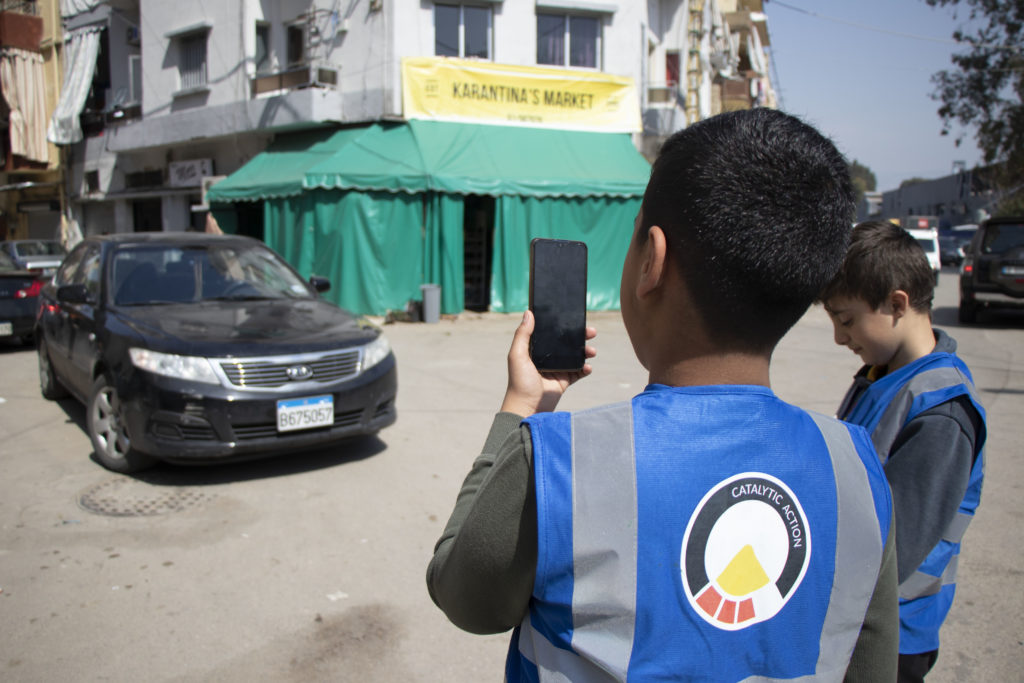
Engaging members of the broader community, not only those living near the site of intervention, in the collection of data allows an understanding of the complexities of the urban context and local needs. It is through investing time in getting to know the community, including the children, that successful engagement in subsequent activities can be achieved. It is important for child protection policies to be in place from the project’s start, and that measures to minimise the risk of child abuse or exploitation are agreed. When engaging broader community members, the correct balance between suggesting and listening should be found, for example, suggesting a specific site in order to trigger discussion about the use of that type of space.
There are many tools available that can facilitate data collection on the ground. For example, the Kobo Toolbox can be used for mobile data collection. It is an open-source tool for field data collection, optimised specifically for humanitarian actors working in remote (off-line) or complex (usually understudied or fast changing) areas.
A citizen science approach trains residents to become co-researchers and to frame the questions and analysis. This can allow an in-depth self- assessment of people’s local conditions. See the ‘Participatory Spatial Intervention’ report by CatalyticAction to learn more about this approach and its potential.
Children can also lead research into their own lives. The Save the Children ‘Child Led Data Collection’ guide explains how young people can undertake research and create positive change. A comprehensive guide to engaging young children in research is the Bernard van Leer Foundation ‘Steps for Engaging Young Children in Research’.



